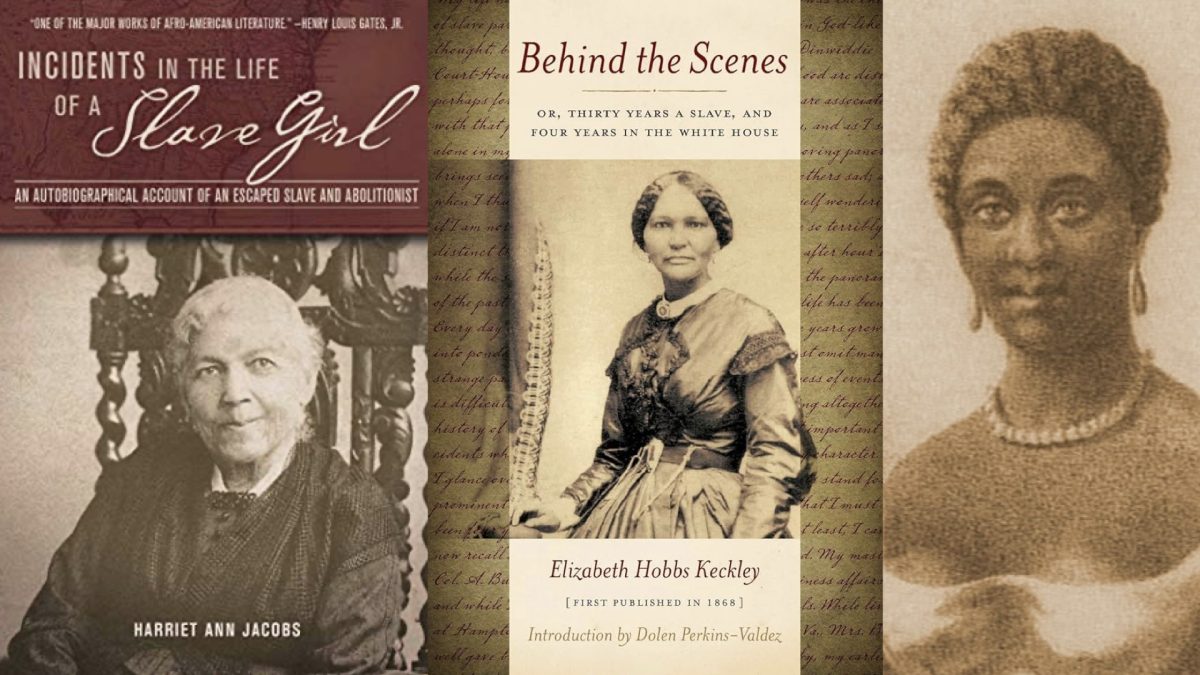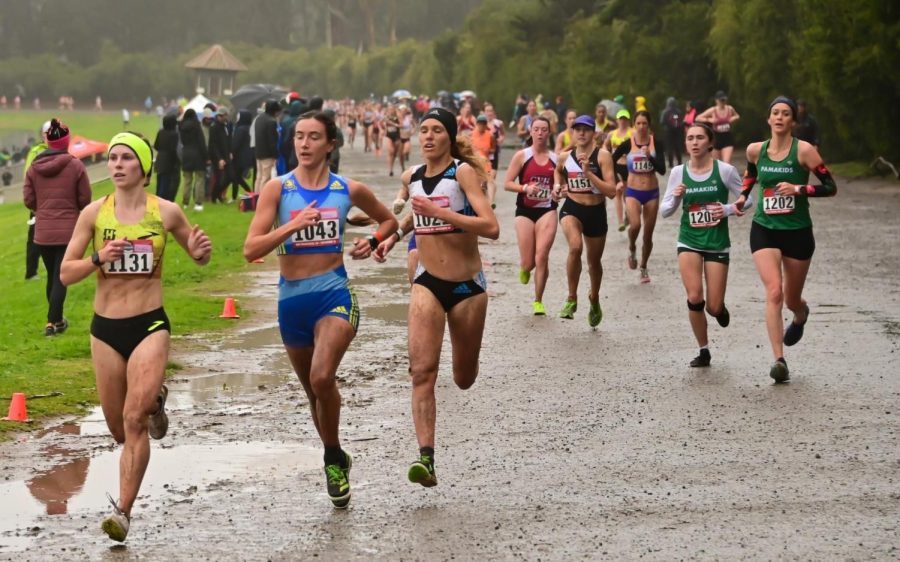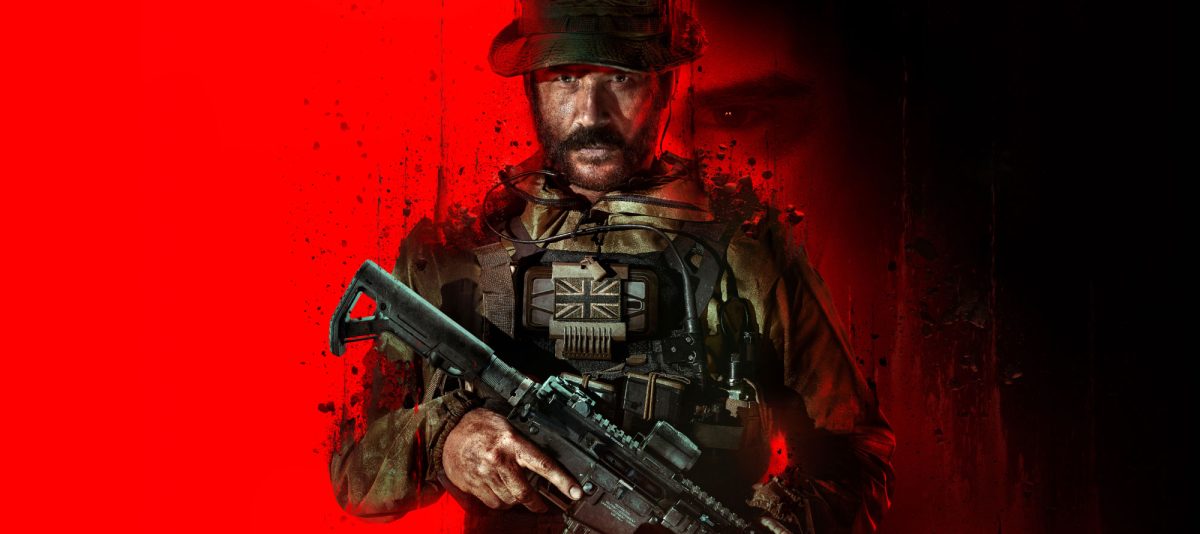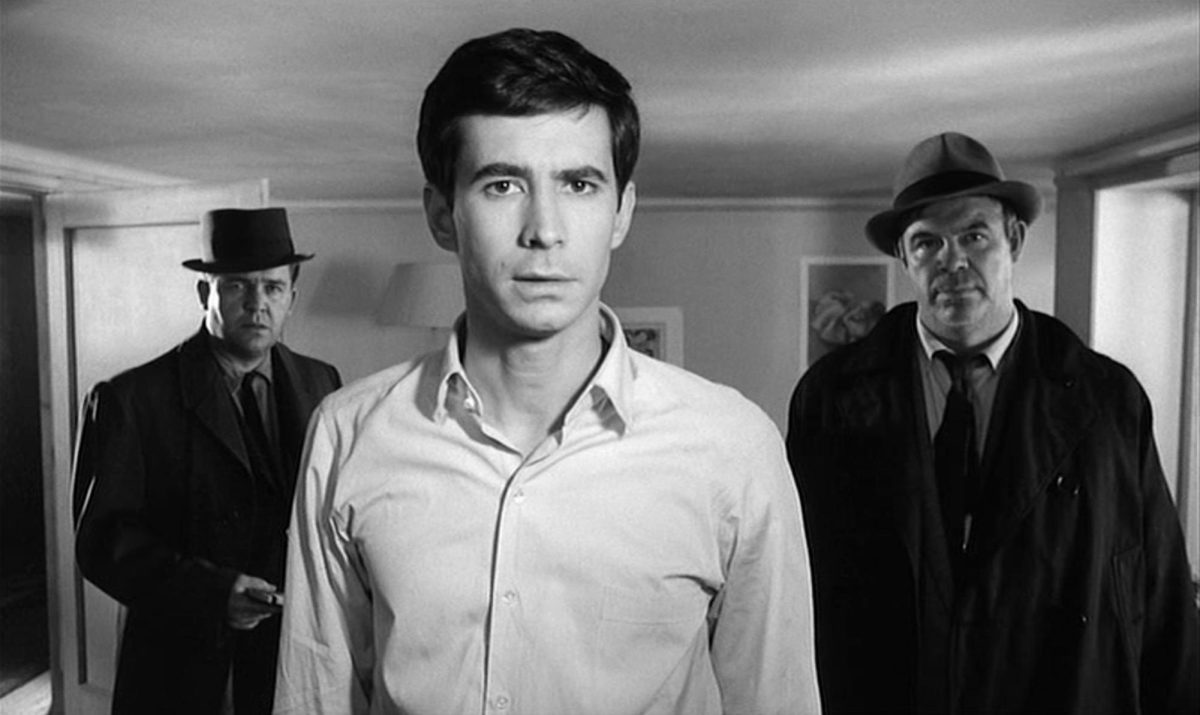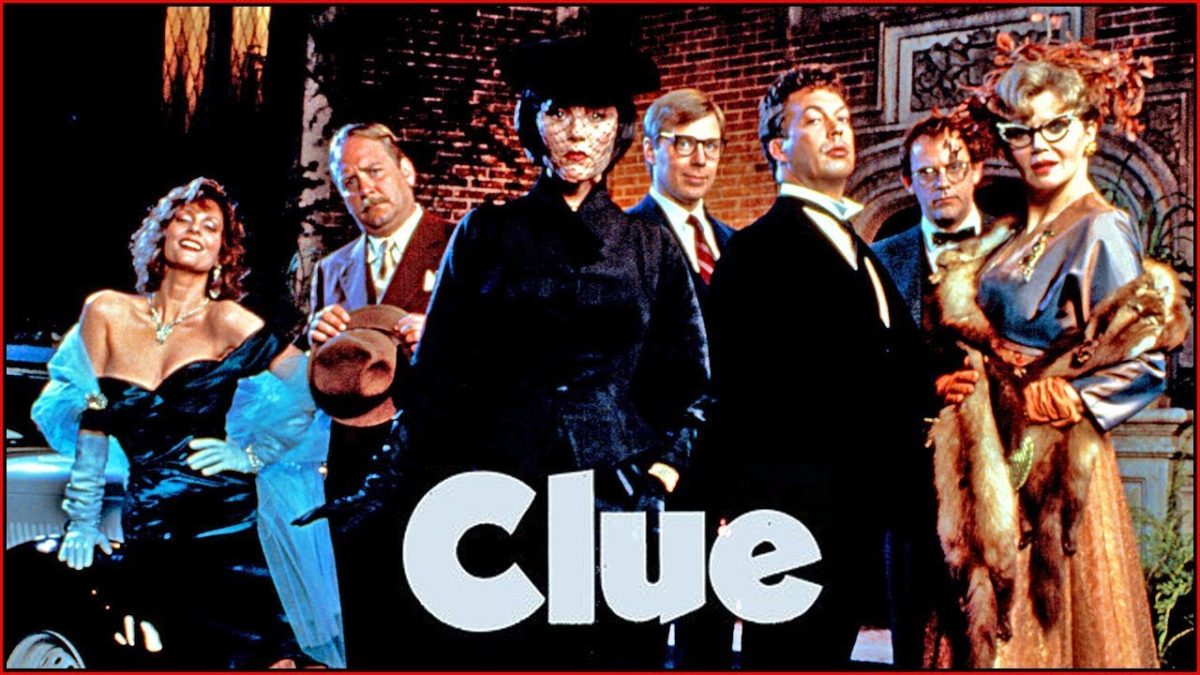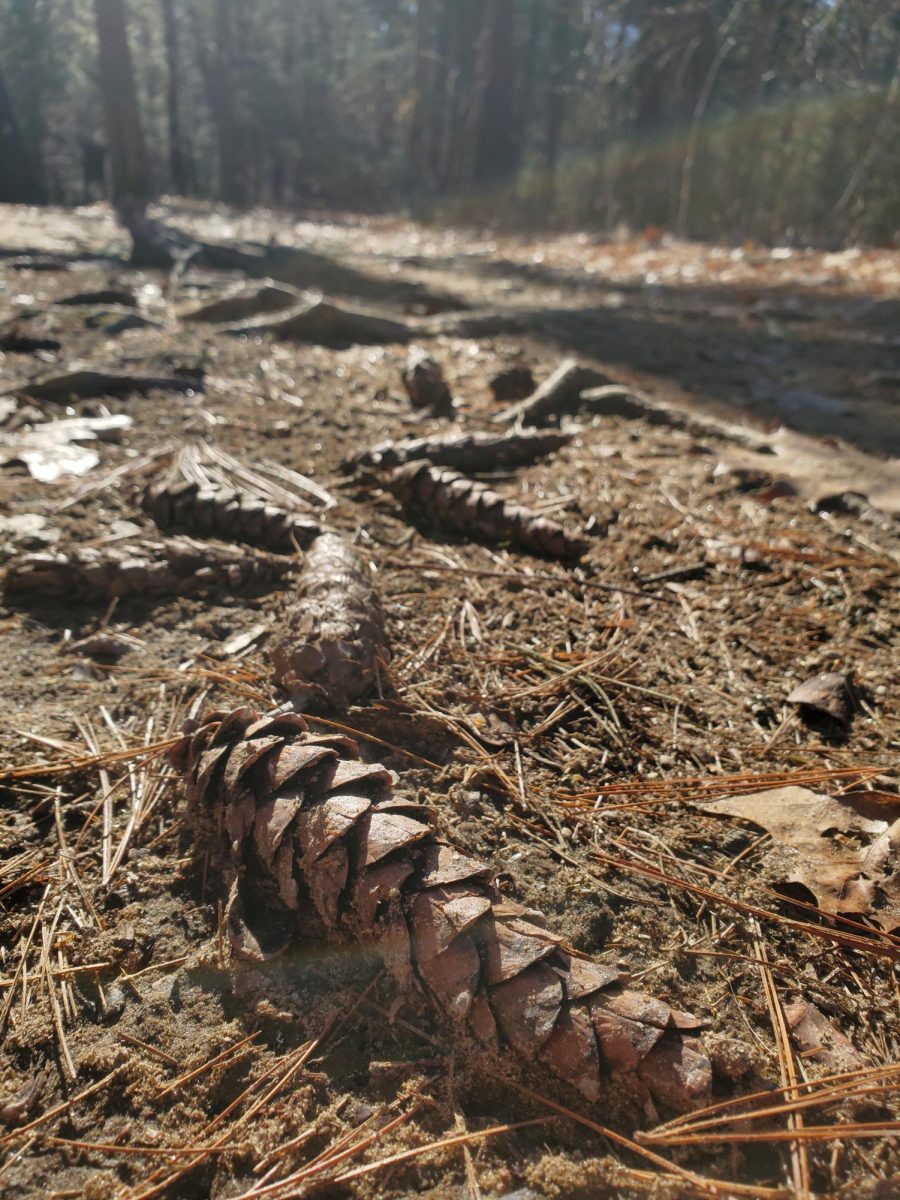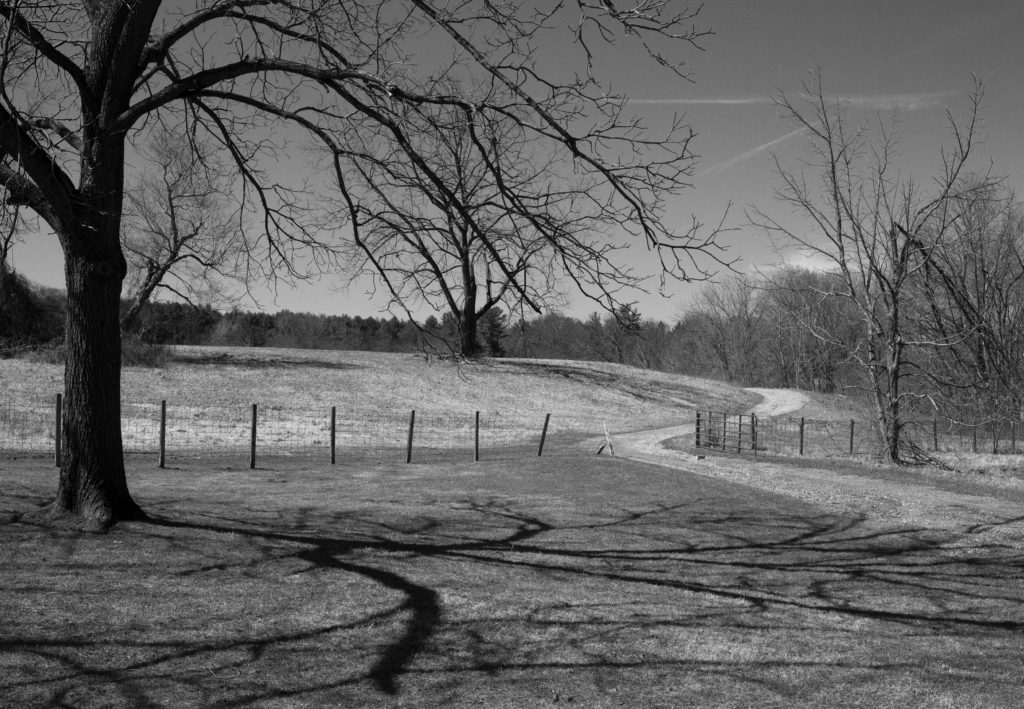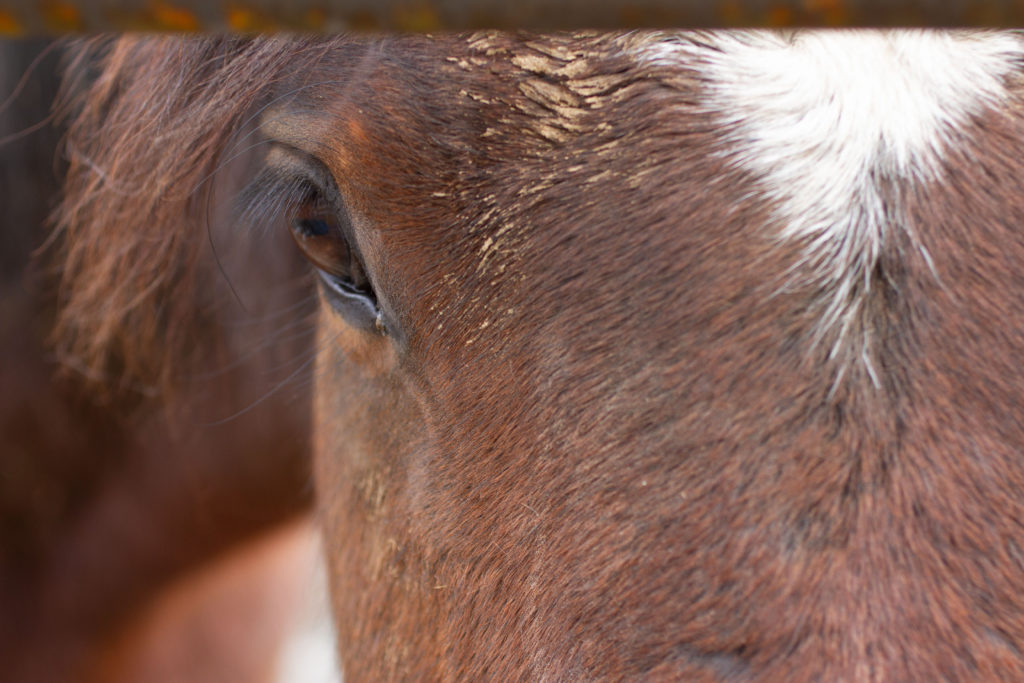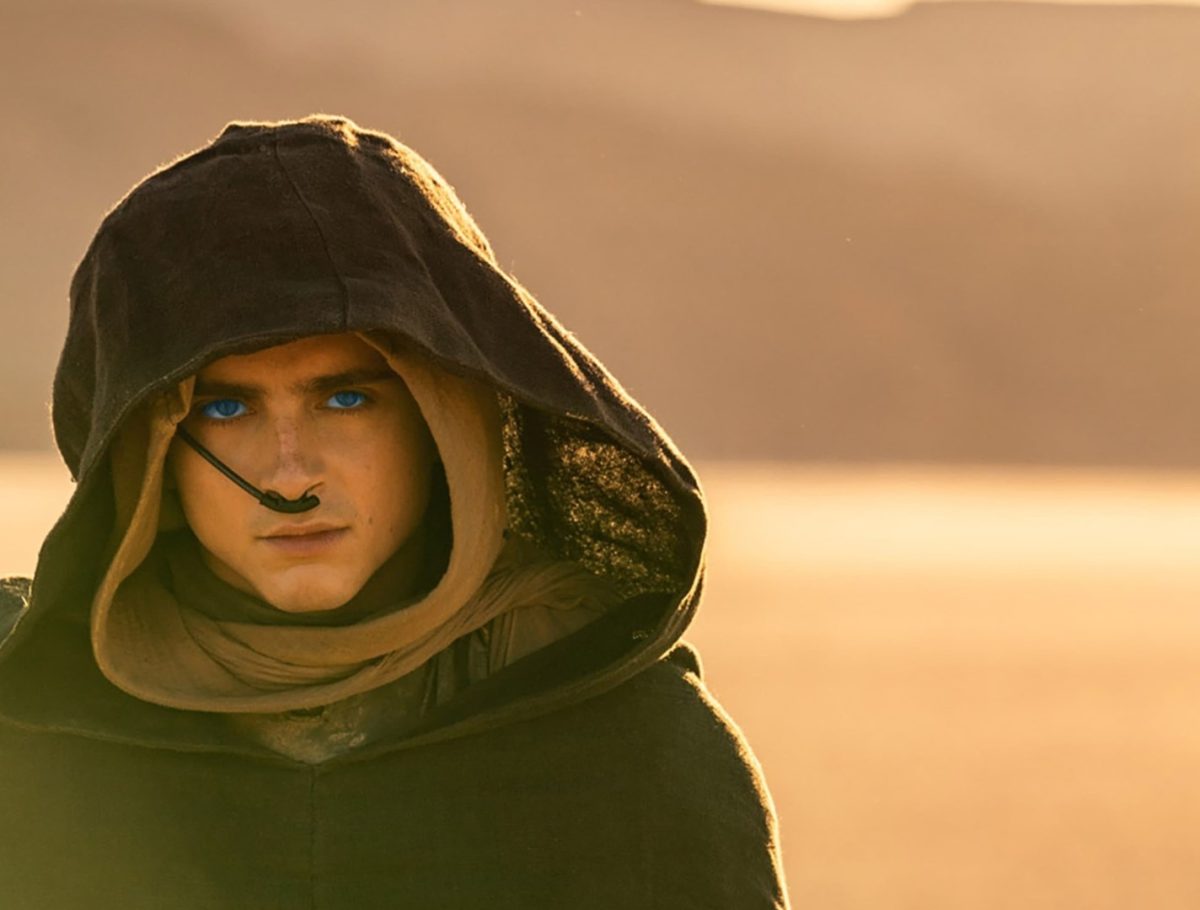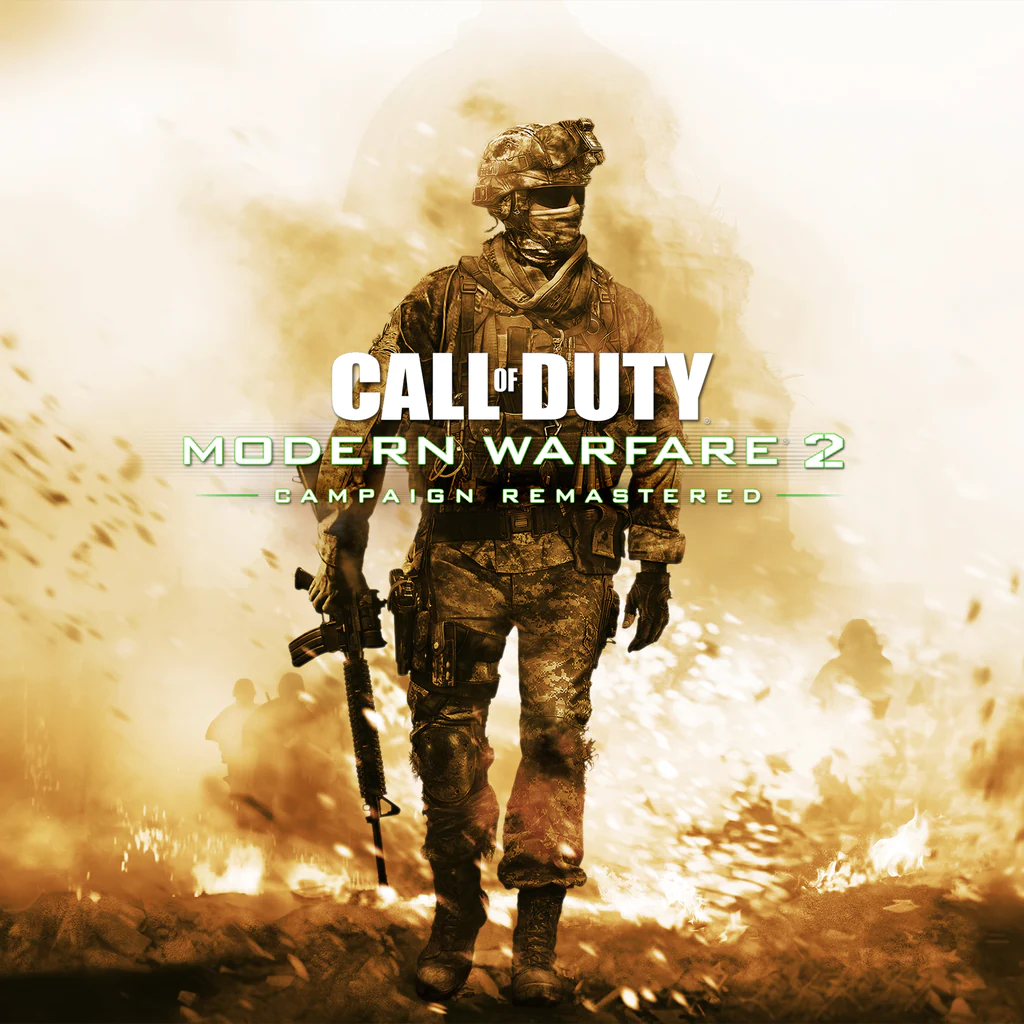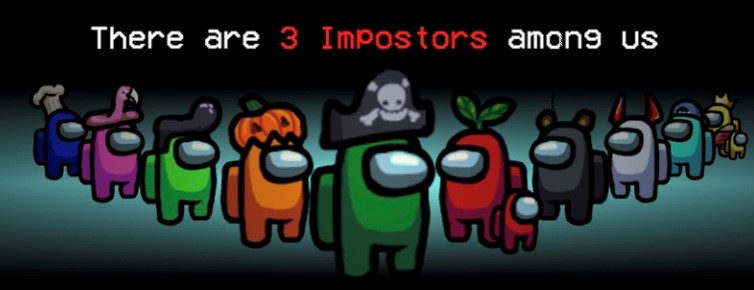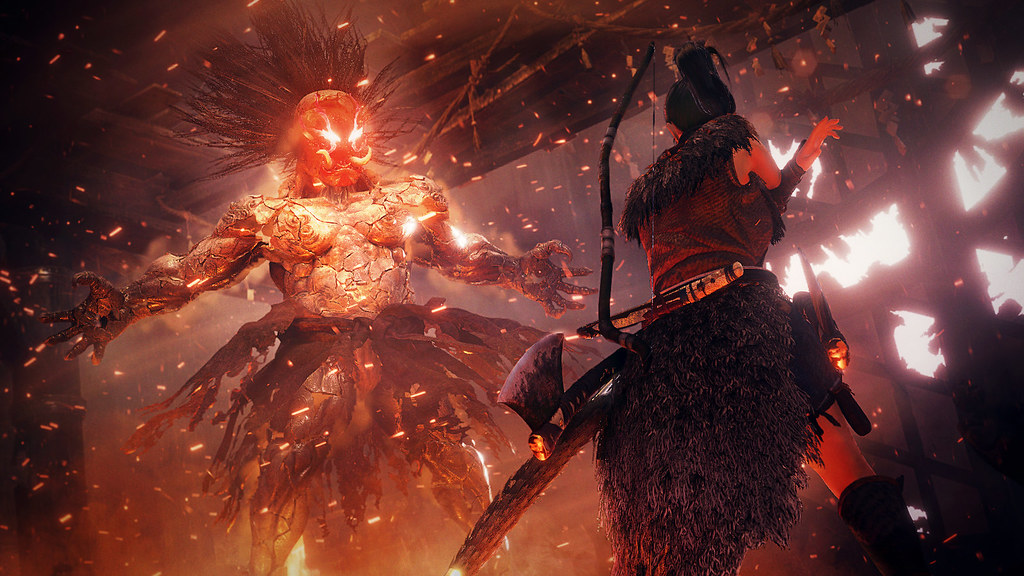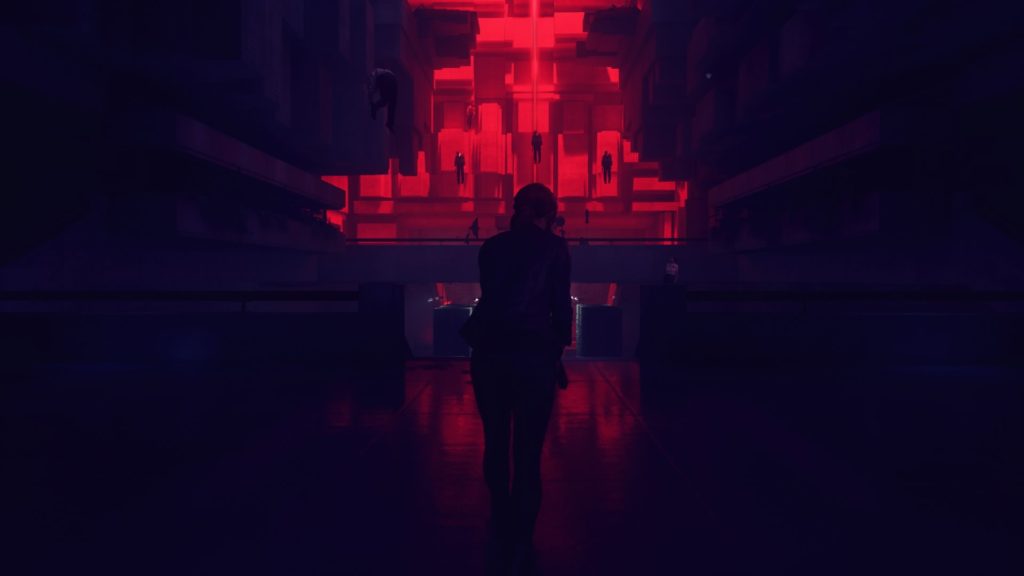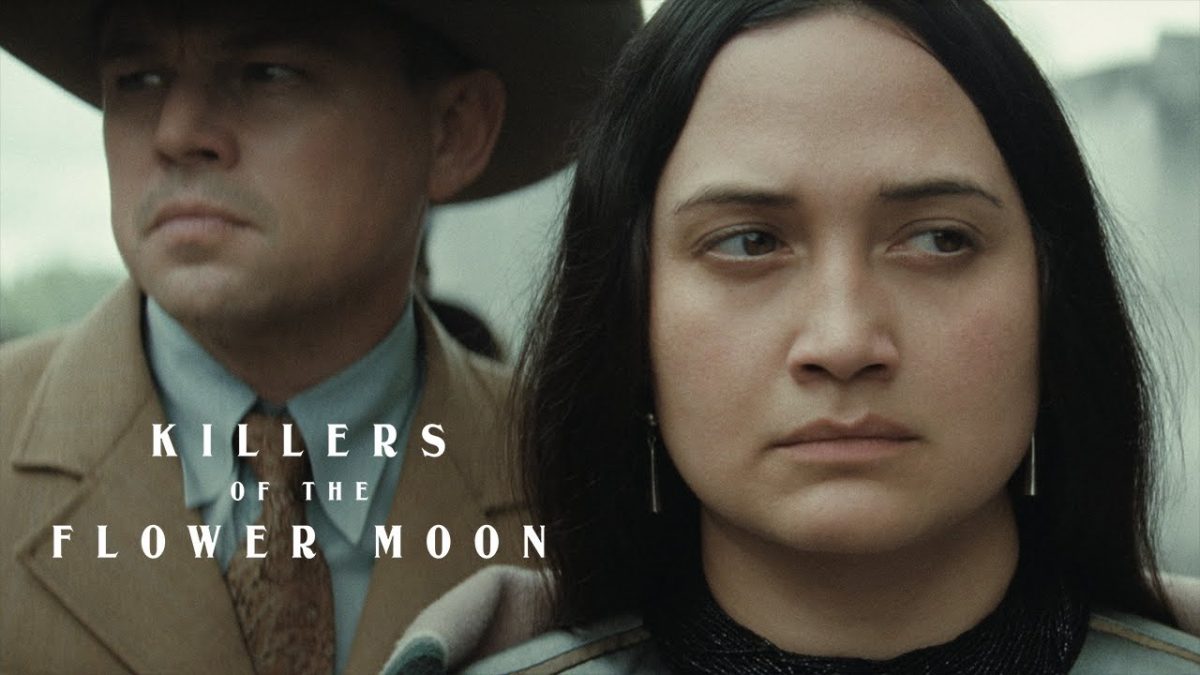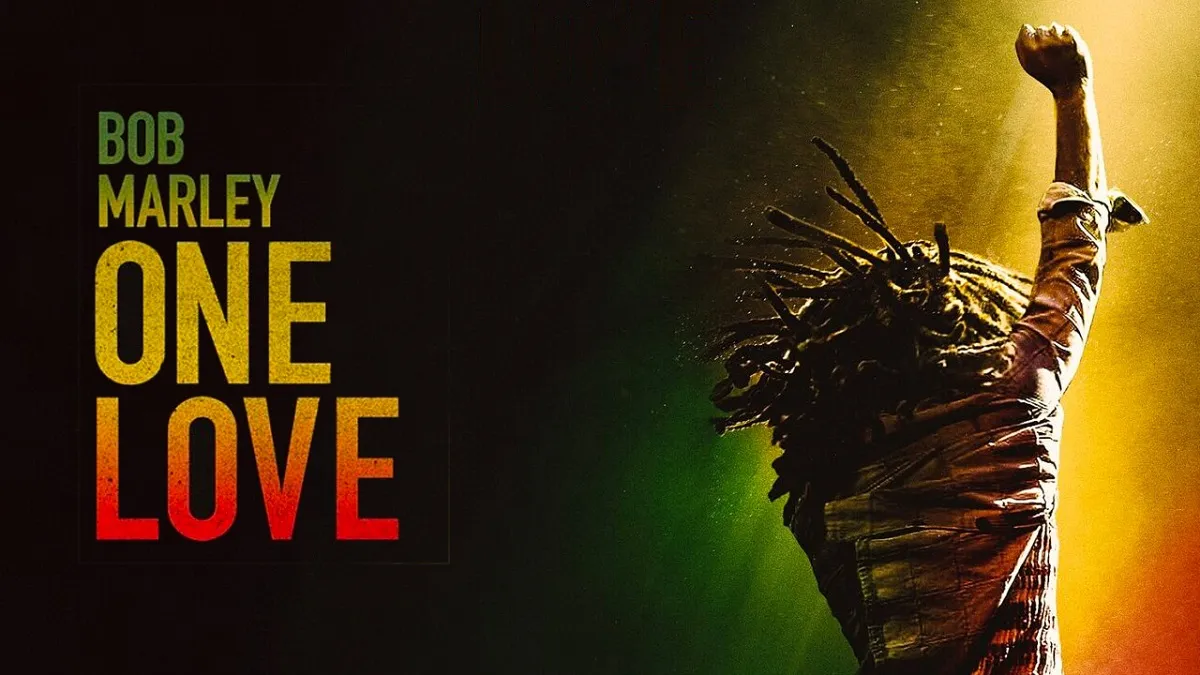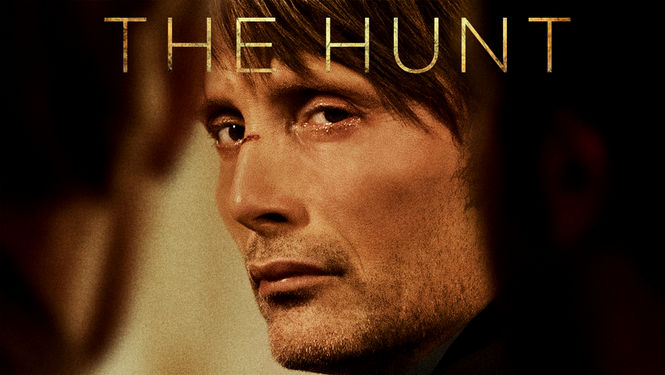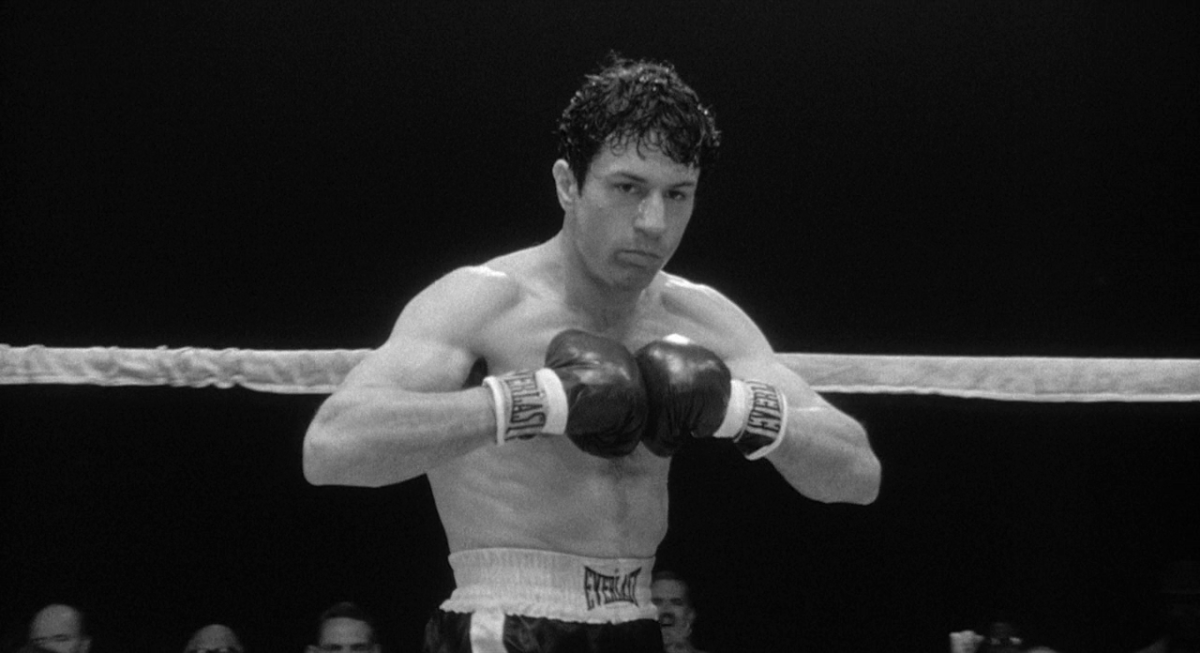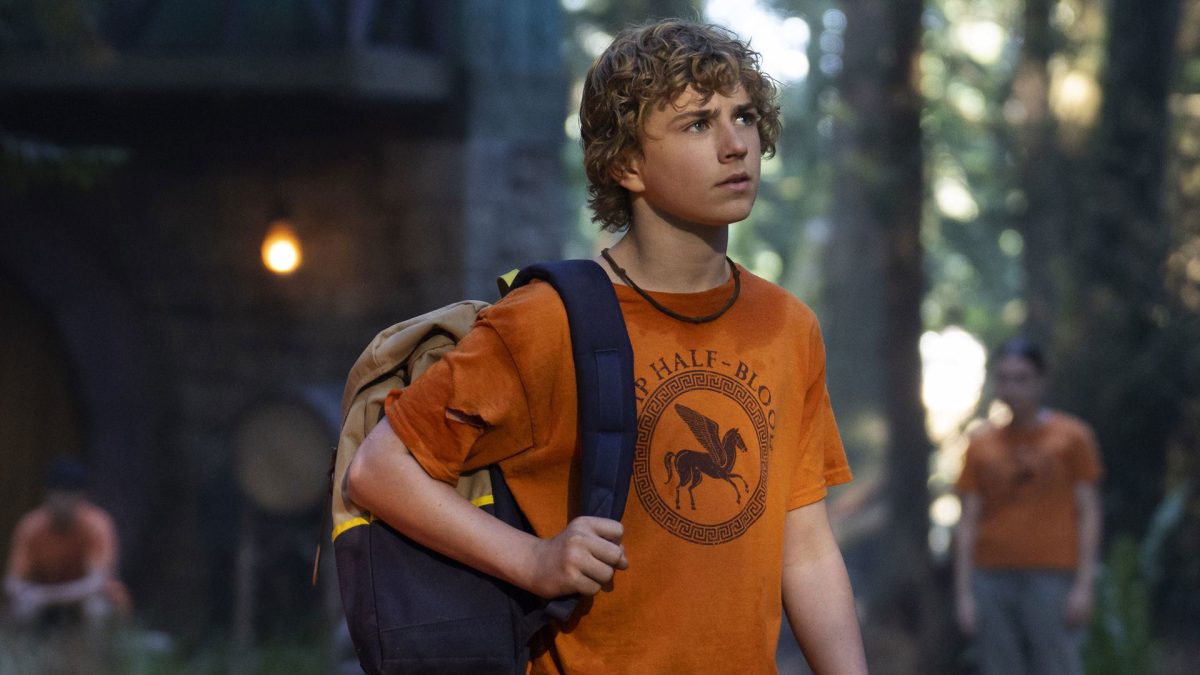The third and final installment in the trilogy, Shadow of the Tomb Raider, shows Lara in her darkest iteration. Lara has reached her culmination of Tomb Raiding experience, yet she seems less sure of herself than ever. Just like Lara, the game itself is the final product of a tomb raiding trilogy, but it too is just as unsure of itself. All the old mechanics are there, but they haven’t necessarily improved, while the new mechanics don’t seem to belong. Shadow of the Tomb Raider is a solid entry, but it doesn’t leave a lasting memory as the series reaches its end.
Lara Croft is in her final fight with Trinity, which has been a trilogy long struggle. She searches for ancient artifacts that are linked to the Mayans and the Incans. As expected, these artifacts are world changing, absolutely destructive, and Trinity wants them. After Lara obtains the first artifact for herself, she triggers a devastating tsunami due to her rash actions. This event makes Lara question her darker side, and it takes the player on a journey to Peru.
Like always, the environment crafted for Tomb Raider looks fantastic and detailed. The jungle is full of green life, photo realistic terrain, and plenty of animal ecology to immerse the player in the jungle. Each environment on the map feels carefully crafted to breathe life into an ancient Peruvian city and all the wild growth you find around it.

What sets the map apart from previous installments, aside from a new jungle theme, is the addition of a semi-open world. Many developers opt to implement open worlds into an otherwise linear series. Adding an open world isn’t always a good edition, and unfortunately, it wasn’t in Shadow of the Tomb Raider. Tomb Raider is usually based upon an action packed and focused story line with Lara Croft at the forefront. Like the Uncharted series, they are smaller experiences designed to take you on a wild survival ride. Tomb Raider’s open world feels forced and unnecessary. Instead of that tight and focused narrative experience, the player is given plenty of errands and collectibles to gather in the jungle. I generally felt as if I was wasting my time exploring, and losing focus on the narrative, simply to find some scrap or read an explorer’s note. It is a valiant effort to expand the game, but it isn’t always for the better.
The only genuinely fun addition to the open world is the challenge tombs. Challenge tombs can be found around the map as you explore. They are all unique puzzle dungeons with a separate theme that take thought and finesse to complete. Everything in Lara’s toolbox is used in these tombs to successfully reach the end and read the ancient tablet, in turn earning the player a skill point. Skill points are always welcome, but the tombs were more than worthwhile, even without an end reward.

The open world did host some side quests to pick up as well, but again, they felt like another filler item to expand the game, instead of quality content additions like tombs. A few of the quests had a strong narrative backing with a message that reinforced Lara as she searched to better herself. None of the actual quests were particularly exciting though. They consisted of errand running based MMO quests. If it wasn’t a main story mission, the game felt watered down, and that is one of the reasons sticking to a linear experience would have been a better option.
The main story, though broken up, was still as exciting as ever. The levels used for the game were some of the best, and they brought back that feeling of an epic Tomb Raider adventure. Playing as Lara and discovering the secret behind the Peruvian prophecies was always enticing, and the struggle Lara had with herself internally was an interesting take on the character. Some of the most memorable moments from the game stemmed from Lara embracing that dark and violent side to take on Trinity instead of backing away from the challenge. It was disappointing to see the game struggle to commit to that change, and even though that internal fight was captivating, it seems to have been left behind for a bland and simple story ending.
This same sentiment was brought to the combat and stealth of the game. The combat mechanics were almost exactly the same as the previous Tomb Raider games, yet it felt less improved and clunkier comparatively. Combat was over simplified and frankly, not very engaging. Stealth suffered the same fate, and almost nothing had changed compared to the previous games. The AI in stealth levels followed very simplified paths, and there was almost no challenge. Covering Lara in mud on the ground was a new addition, but all it did was make the AI even less adept at finding you. By the end of the game, I really wasn’t excited by the action sequences that Lara ran into. It was only the tomb raiding and puzzles that kept me engaged, in terms of gameplay.
Shadow of the Tomb Raider is still a AAA game at heart. The game has exciting sequences, fantastic graphics, and crisp mechanics. However, that doesn’t mean it lives up to what previous Tomb Raiders brought to the table. An exciting linear adventure that focused on Lara’s character and development was traded for an open world. Ironically, that open world made the game feel empty. Gameplay felt simplified, and cohesive, quality narrative took a backseat to more choice. Shadow of the Tomb Raider is still worth running through if you are a fan to the series, but it doesn’t leave the series on a high note.



